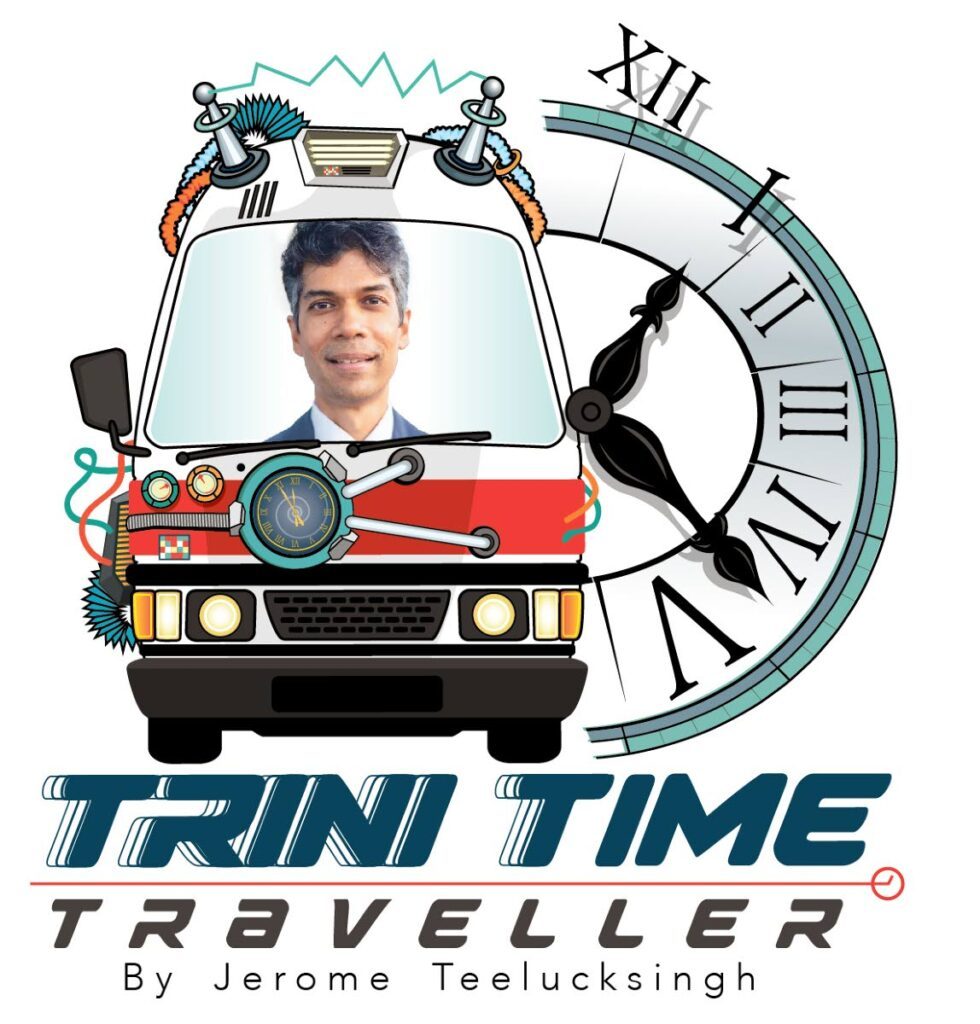Amazing museum, ordinary book

In late August, I left for Barbados to attend the second launch of Independence, Colonial Relics, and Monuments in the Caribbean. During the brief trip from the airport, I chatted with the taxi driver, Michael, who briefly explained the public’s response to the removal of the Lord Nelson statue from Bridgetown.
The venue of the book launch was the enchanting Barbados Museum and Historical Society.
The museum is housed in a colonial structure – a military prison built in the nineteenth century. On the compound, there is the tombstone of William Balston and it is dated 1659. It was originally from the Dover Cemetery in Christ Church.
Other interesting exhibits and displays include a large iron pot (trypot) used for heating whale oil in the 20th century, and photos of Barbadians who served in both world wars.
The appealing Children’s Gallery and the welcoming ambience will convince visitors that this is one of the Caribbean’s finest museums.
The book-launch proceedings would be masterfully handled by Kaye Hall, the museum's education and outreach officer. Among speakers at the launch were Alissandra Cummins, director of the museum, who provided an illuminating review of the publication and an intellectually-stimulating account was delivered by my co-editor, Dr Allison Ramsay.
Furthermore, there were three speakers, two from the Division of Culture, Office of the Prime Minister and one from the Office of Reparations and Economic Enfranchisement, Office of the Prime Minister. We were also graced with the singing of Anique Herbert.
The final segment of the programme allowed questions and comments from an eager audience. One of the unexpected outcomes was the intense discussions that unfolded as both young and old reflected on the impact of removal of monuments and issues of reparations and colonialism.
Here is a book, with an ordinary title, that showcases extraordinary Caribbean researchers and academics.
The seminal work is part of revisionist history by relatively young Caribbean scholars who are promoting history and heritage to current and future generations. Independence, Colonial Relics, and Monuments in the Caribbean analyses anti-colonial sentiments and actions through revisionist perspectives and intertwining global historical movements
This scholarly endeavour is especially relevant when one considers the current trend of Caribbean countries severing colonial ties and becoming republics. And it’s useful for those countries still waiting to undergo the transition to independence.
People have been asking if Independence, Colonial Relics, and Monuments in the Caribbean is merely another boring, academic work that will appeal to a limited audience. Others have queried if the publication caters to only those interested in the narrow field of colonialism.
The main objective and rationale of the editors is to educate Caribbean citizens and the diaspora on the importance of the historical past to the present. They seek to educate and engage the public on Caribbean history and heritage by re-examining topics such as the formal and informal connections of nationhood, heritage, indentureship, colonialism, independence, the space and place of monuments in Caribbean societies and vestiges of colonial rule.
Readers will soon realise that throughout the Caribbean, there is a rich legacy of statues, buildings, monuments and relics from the colonial era. The editors intended the book to serve a major purpose of educating the public on our region’s wealth of history and heritage.
On retrospection, this unassuming book adds to the expanding scholarship on Caribbean heritage and history whilst also providing reference material for scholars and researchers.
The book’s authors utilised a wide range of sources including regional newspapers as the Jamaica Gleaner, Barbados Advocate, Kaiteur News, Trinidad Guardian and the Nation. Also, the use of colonial documents, political cartoons, photographs, and telegrams will appeal to those interested in this era.
Should you buy the book?
It is of paramount importance especially for the younger generation who might not appreciate or are dubious of the past struggles. Furthermore, the significance of the book is to encourage dialogue on the legacies of independence, assess the politics of culture, identity, gender dynamics, public memory, and historic preservation in a highly contested Caribbean space.
Our region needs this renewed discourse on the manner in which the past and work of liberators influenced the present and future.
Hopefully, the invaluable information gleaned from the authors would facilitate a greater appreciation of Caribbean history and heritage. Certainly the debates and discussions that are generated will have a long-term effect of an increased enrolment of students pursuing history courses. Undoubtedly, the book will be a welcome addition to Caribbean historiography and heritage.

Comments
"Amazing museum, ordinary book"